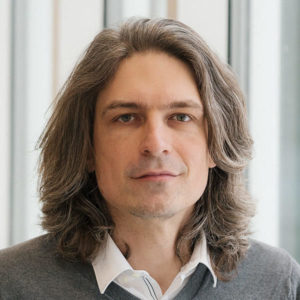
Dartmouth Engineering Prof. Geoffroy Hautier
HANOVER, N.H. – Funded by a $2.7 million grant from the U.S. Department of Energy (DOE), Dartmouth Engineering Professor Geoffroy Hautier will lead a three-year, multi-institutional effort to identify qbits, a basic unit of quantum information, to transform and advance quantum computing. The team aims to build a database of viable qbits, which can store information in their spin, by analyzing defects in solids.
“This is a very exciting time for quantum information science research. There has been very compelling work in the last decade showing that defects in solids are viable qbits and could be the basic units for future quantum computers, but there is still not a perfect ‘quantum defect,'” said Hautier, Principal Investigator on the grant and the Hodgson Family Associate Professor of Engineering at Dartmouth. “We are convinced that our approach will lead to important findings.”
It has been shown that quantum computers will be significantly faster than current computers at solving certain complex problems. However, even though quantum computers have been built and are currently in operation, major breakthroughs are needed to scale up and truly revolutionize the field. While certain defects in solids have shown promising properties and provide proof of concept, the field of quantum computing is still looking for a quantum defect with several desired attributes, such as the ability to retain a quantum state for a long period of time and being easily controllable.
Previously, quantum defects have been identified on a case-by-case basis, but with the DOE funding, the researchers will use high-throughput computing to accelerate the search for these defects, build a database, and then experiment with and further test the most promising materials. As the database grows, the researchers intend to use machine learning to additionally quicken the screening process.
Hautier will work with a graduate student and two postdoctoral engineers at Dartmouth, as well as researchers at the University of California, Berkeley, and the Lawrence Berkeley National Laboratory.
“I am very grateful to the Department of Energy for the financial support. Tightly combining theoretical and experimental work is key for this project, and I am extremely excited to start to work soon with such a strong and complementary team,” said Hautier.




